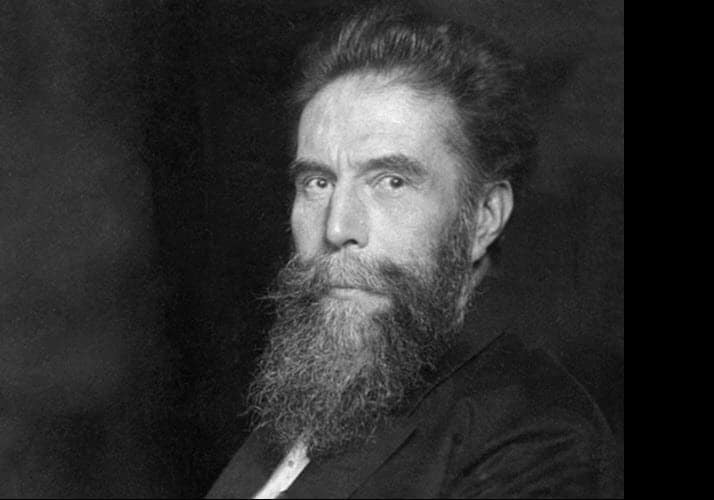Wilhelm Conrad Röntgen: The Man Who Unveiled the Invisible

Wilhelm Conrad Rontgen (27 March 1845 – 10 February 1923) was a German physicist who is best known for his discovery of X-rays. He won the Nobel Prize in Physics in 1901.
Life and Career
He was born on 27 March 1845, in Lennep, Germany. He studied mechanical engineering at the Federal Polytechnic School in Zurich, Switzerland, from 1865 to 1868. He then continued his studies in physics at the University of Utrecht in the Netherlands and obtained his Ph.D. in 1869 with a dissertation on gases.
After completing his doctorate, Rontgen worked as an assistant to August Kundt at the University of Würzburg in Germany. He then worked at various institutions in Germany, including the University of Strasbourg, the Agricultural Academy in Hohenheim, and the Physical Institute of the University of Giessen.
In 1888, Rontgen was appointed as a professor of physics at the University of Würzburg, where he made his ground-breaking discovery of X-rays in 1895. He remained at the University of Würzburg until 1900 when he accepted a position at the University of Munich.
It was during his time at Würzburg that he made his ground-breaking discovery of X-rays. He was experimenting with cathode rays (streams of electrons emitted from a negatively charged electrode) when he noticed that a fluorescent screen in his lab was glowing even though it was not directly in the path of the cathode rays. He realized that some kind of invisible radiation was passing through the objects in the room and causing the screen to glow.
He conducted further experiments and discovered that the radiation he had discovered could penetrate through various materials, including the human body. He named this radiation “X-rays” and published his findings in a paper titled “On A New Kind of Rays” in December 1895.
His discovery revolutionized the fields of medicine and physics and earned him the Nobel Prize in Physics in 1901. He continued to conduct research in a variety of fields until his death in 1923. He died on 10 February 1923, in Munich, Bavaria, Weimar Republic.
Award and Legacy
In 1901, he was awarded the Nobel Prize in Physics “in recognition of the extraordinary services he has rendered by the discovery of the remarkable rays subsequently named after him.” He was the first person to receive this prestigious award in physics.
His discovery of X-rays had a profound impact on medical diagnosis and treatment. X-rays allowed doctors to see inside the human body and detect diseases and injuries that were previously invisible. X-ray technology has since been developed and refined, and it remains an essential tool in modern medicine.
His legacy also extends to the field of physics. His discovery of X-rays led to the development of new technologies and techniques for studying the structure and properties of matter. His work paved the way for advancements in nuclear physics, atomic energy, and other areas of research.
In addition to the Nobel Prize, he received many other honors and awards for his contributions to science. He was elected a member of the Royal Society of London in 1899, and he received the Rumford Medal from the Royal Society in 1900. He was also awarded the Matteucci Medal by the Italian Society of Sciences in 1901.
Today, his name is synonymous with X-rays, and his discovery continues to have a significant impact on medicine, physics, and many other fields of research. He is widely regarded as one of the greatest scientists of all time, and his work continues to inspire new generations of researchers and innovators.
Observer Voice is the one stop site for National, International news, Sports, Editor’s Choice, Art/culture contents, Quotes and much more. We also cover historical contents. Historical contents includes World History, Indian History, and what happened today. The website also covers Entertainment across the India and World.
Follow Us on Twitter, Instagram, Facebook, & LinkedIn

